Average sizes and life expectancy for this breed:
Native to Belgium, Belgian Shepherds were primarily bred as working canine companions. There are four kinds of Belgian Shepherds in existence today, all named after the regions in which they were first produced. One of these is known as the Laekenois (pronounced Lak-in-wah). All four breeds are very similar in temperament but the Laekenois has a unique rough, tousled coat. It is named after the town of Laeken where it first originated and is the rarest of the Belgian Shepherd breeds, especially outside of their native Belgian. However, they are steadily becoming known for their loyal, reliable natures and keen, alert appearance.
Laekenois, as well as the other Belgian breeds, are highly intelligent. They are also known to be very sensitive to everything going on around them, making them relatively easy to train in the right hands. These are loving, devoted dogs that form strong bonds with their families, including children, because of their intense protective instincts. So, they can make wonderful family companions as long as you have the time and understanding to devote to the unique mental and physical needs. Their training and socialisation should start as early as possible to get the most out of this breed. Regular involvement in canine sporting events will also help to keep their minds and bodies sharp and stave off boredom. These dogs are not best suited to first-time dog owners because they are known to be able to display their dominant side or even outsmart their owners if training does not remain consistent.
If you are looking for an active, independent thinker with a strong desire to protect you and your family, then the Laekenois could be the breed for you.
See available puppies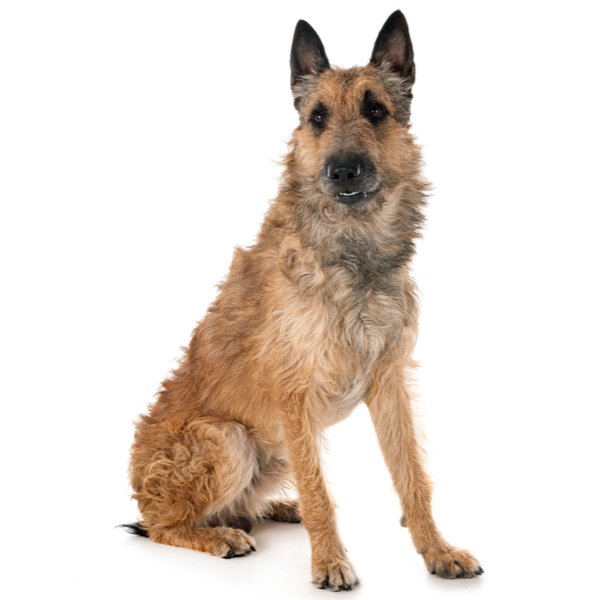

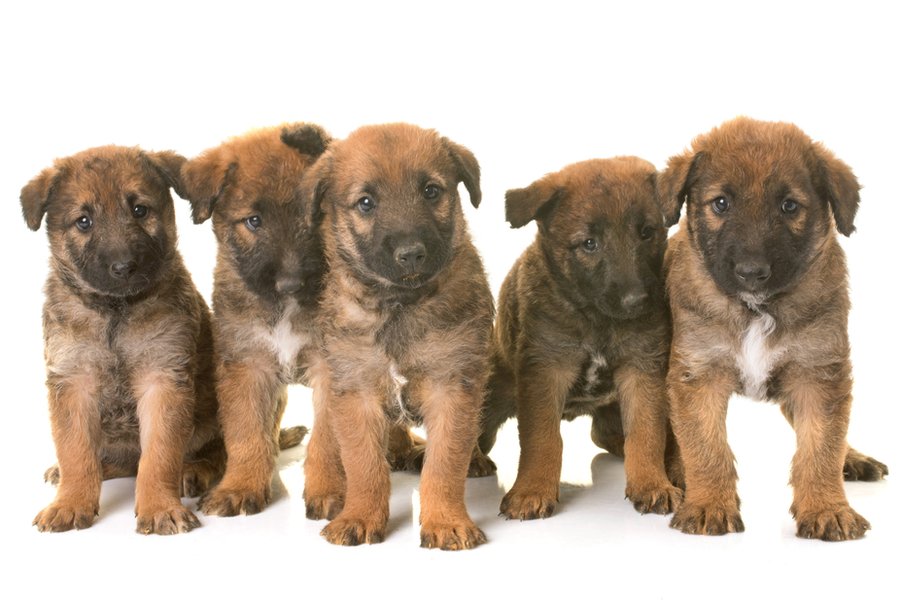


The Belgian Shepherd was developed in the late 1800s in Belgium. This dog breed has four varieties which were named after the regions they were produced in. The Belgian Shepherd Laekenois was produced in Laeken; a region where Queen Marie Henriette’s royal residence is located. She was an avid enthusiast of the Laekenois, which is considered to be the oldest and rarest of the Belgian Shepherd breeds.
In 1891, a Belgian breed club was established where the four varieties of Belgian Shepherds were awarded their own breed standards. It was founded by Professor Adolphe Reul, a Belgian vet. All four varieties, including the Laekenois, originally worked as guard dogs and livestock herders. However, the Laekenois had another job; to guard laundry that was hung out to dry in the fields. Due to their intelligence and impressive work ethic, these dogs were even utilised during the two World Wars to carry messages, as well as to pull machine gun carts and ambulances. However, unfortunately, the Laekenois population suffered greatly during this time, and remains a rare breed today. It was finally recognised by the American Kennel Club as a breed in its own right in 2020. However, it’s worth noting that the UK Kennel Club classes all varieties of Belgian Shepherds as one single breed.
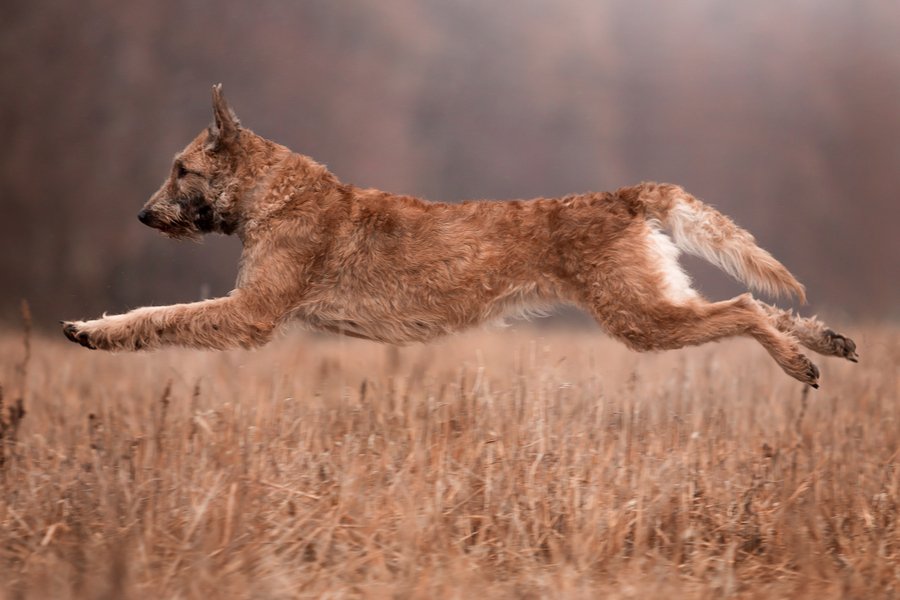
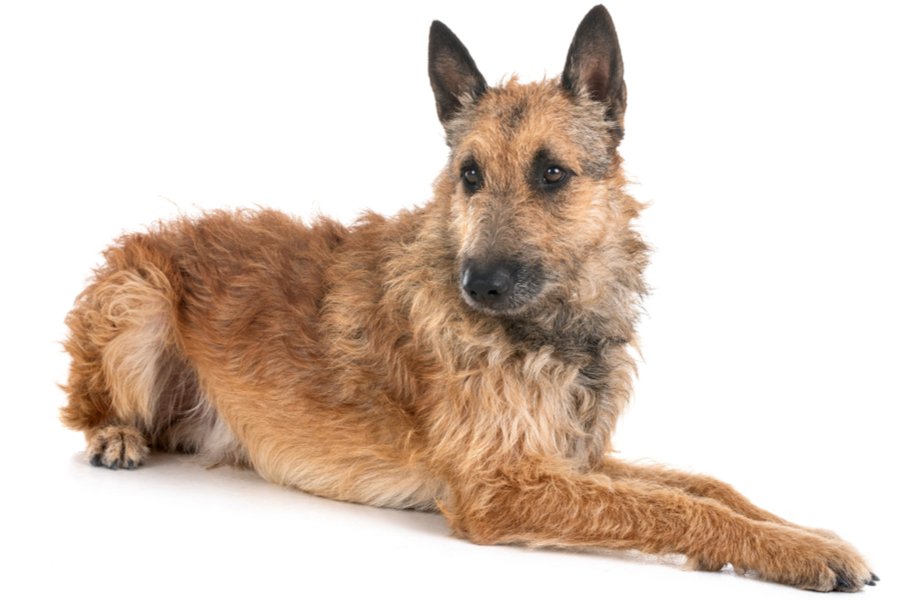
The Laekenois, like the other Belgian Shepherd breeds, has a fairly broad, well-chiselled head and a moderate stop. Their muzzles taper gradually to their noses which have relatively flared nostrils. These dogs have almond-shaped eyes that boast an attentive and curious look. Their eyes are usually dark brown in colour with black rims. They have lean cheeks that are well-muscled.
Belgian Shepherd Laekenois have triangular-shaped ears which are set high and held erect. Their mouths are firm with well-pigmented lips and a perfect scissor bite. These dogs boast a look of strength and agility, with strong, arched necks that widen slightly at the shoulders, solid front legs with oblique shoulder blades, and well-defined withers.
The Belgian Shepherd Laekenois’ body is very powerful yet sophisticated. They have deep, nicely let down chests and relatively well-sprung ribs. Their wide upper body is nicely muscled and straight. These dogs have rears that slope a little and are somewhat broad. Their powerful hind legs are finely muscled, while their back legs are straight and strong. Their tight toes are close and well-arched with springy paw pads. Their front feet are round, whereas the back feet are a bit oval-shaped. These dogs have fairly long tails that hang down. The tip is somewhat raised when relaxed and carried higher when they are excited or alert.
The Belgian Shepherd Laekenois’ coat is wiry and harsh but not curly, giving them a slightly unruly appearance. The length of the coat should be roughly 6 cm all over the body, however, it can be slightly shorter around the muzzle, forehead, and legs. These dogs come in a reddish-fawn colour with black shading that usually appears around the tail and the muzzle.
Laekenois are hardworking dogs that excel in a range of jobs from herding and protection to agility and obedience. They are intelligent and active, so they need to be kept mentally and physically stimulated to prevent boredom and the development of unwanted behaviours. These dogs love to be a part of every day life so they will suit active families where someone is home for most of the day. Laekenois dogs need an owner who can remain consistent with training and socialisation. For this reason, they are not the best choice for novice dog owners or for those that live more sedentary lifestyles.
It is worth noting that Belgian Shepherd Laekenois do not like being left alone for any length of time. So, make sure you arrange for someone to stay with your Belgian Shepherd Laekenois when you are out of the home. Or even better, take them with you!
The Belgian Shepherd Laekenois can be quite aloof and wary of strangers. But these intelligent dogs do not show any kind of aggressiveness; they prefer to keep their distance to observe. Keep in mind that Belgian Shepherd Laekenois dogs are recognised as good watchdogs. They don’t need to be trained or taught to “protect” because this trait is embedded in their genes. However, consistent training is essential to prevent them from becoming overprotective.
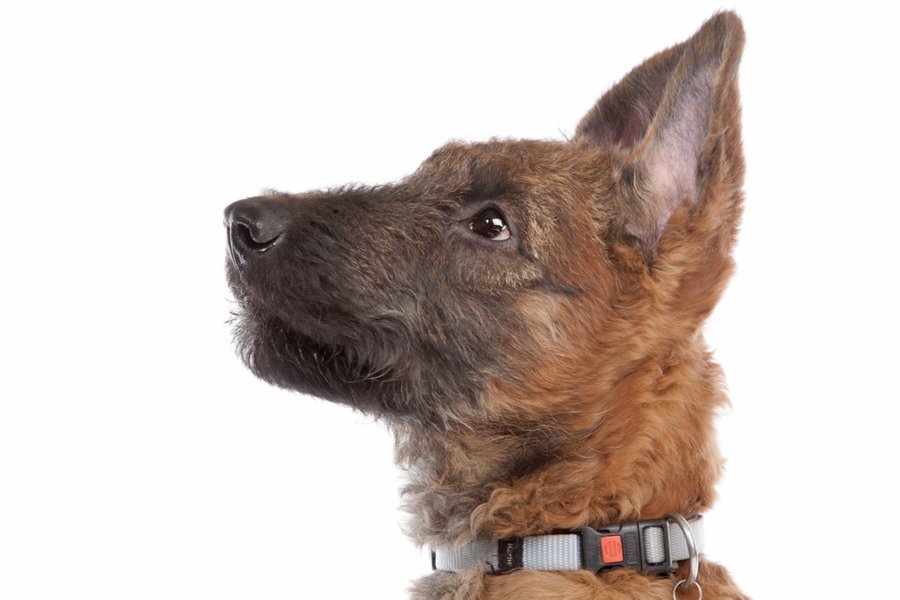
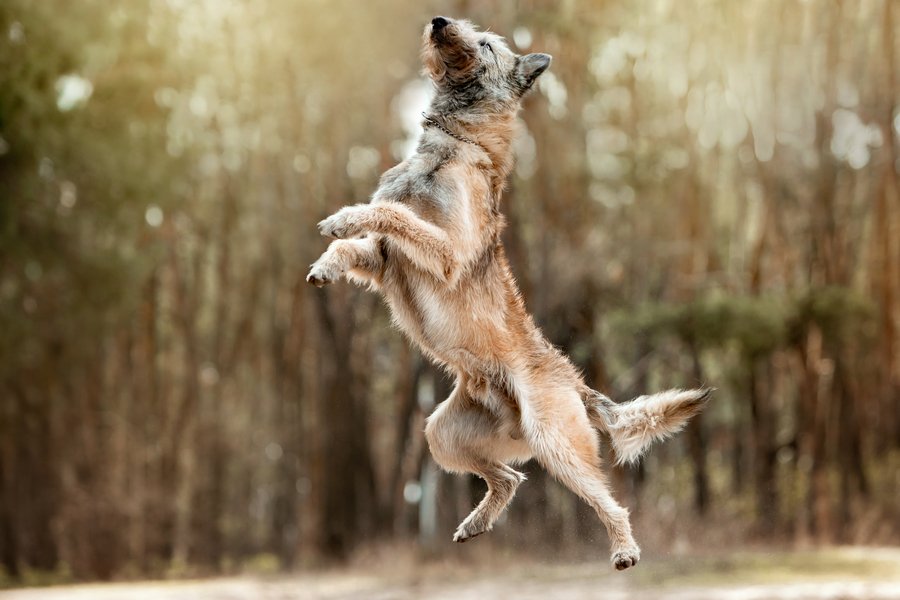
Belgian Shepherd Laekenois should be socialised, handled, and trained by someone who knows and understands the unique traits of this breed because of their intelligence and high energy. Enrolling your puppy in a socialisation or obedience puppy class is a great way to start their training in a controlled environment.
Belgian Shepherd Laekenois are known to be very sensitive to their environment. So, they are able to learn new things quickly. They respond well to positive reinforcement and clicker training. Just make sure you remain consistent with training and keep sessions fun. Remember that early training is essential with these dogs because of their strong protective instincts. These dogs can quickly outsmart you if you let them!
All four varieties of Belgian Shepherds are fairly high maintenance in the grooming department. Due to their profuse undercoats, these beautiful dogs require brushing 1-2- times a week using a long pin brush, slicker brush, or metal comb to keep their coats clean and in tiptop condition. During Spring and Autumn, they tend to shed more; hence, more frequent brushing may be needed to maintain a healthy coat and to keep your furniture fur-free!
These dogs don’t require regular coat stripping because their thick coat composition helps with temperature regulation. Bathe your dog as needed with a gentle dog shampoo. Don’t bathe too often because this can lead to skin issues such as dermatitis.
Their ears must be examined regularly for dirt and bacteria build-up. You can clean the ears weekly using a damp cotton ball or cloth alongside a dog-specific ear cleaner. Remember to only wipe the outer portion of the ear and never push anything into the ear canal because this can cause damage. Should you notice your Belgian Shepherd Laekenois scratching their ears repeatedly, you may want to speak to your vet because this is a common sign of an ear infection. Other symptoms to watch out for include redness, swelling, and excessive wax in and around the ears.
Daily dental hygiene is the best way to prevent tooth and gum disease. However, twice weekly brushing is considered to be sufficient enough to prevent excessive tartar build-up. Your vet will be able to offer you advice on the best products to use for your dogs individual needs.
Their nails should be checked and trimmed when needed (around once a month or so). This is especially important for dogs that don’t wear their nails down naturally. Remember that dogs have a ‘quick’ or blood vessel in their nails so trim small bits at a time to prevent bleeding. Again, if you are unsure, you can ask your vet for guidance.
Additionally, check the body as you groom and clean your dog for any wounds, rashes, inflammation, and other potential signs of illness or an infection. Getting into a regular health checking routine will help you to detect any issues early on. Their eyes should be clean, clear, bright, and free from discharge.
It is recommended to make grooming a part of your canine’s learning and training from puppyhood. Start with short sessions and offer plenty of rewards to make it a positive experience.
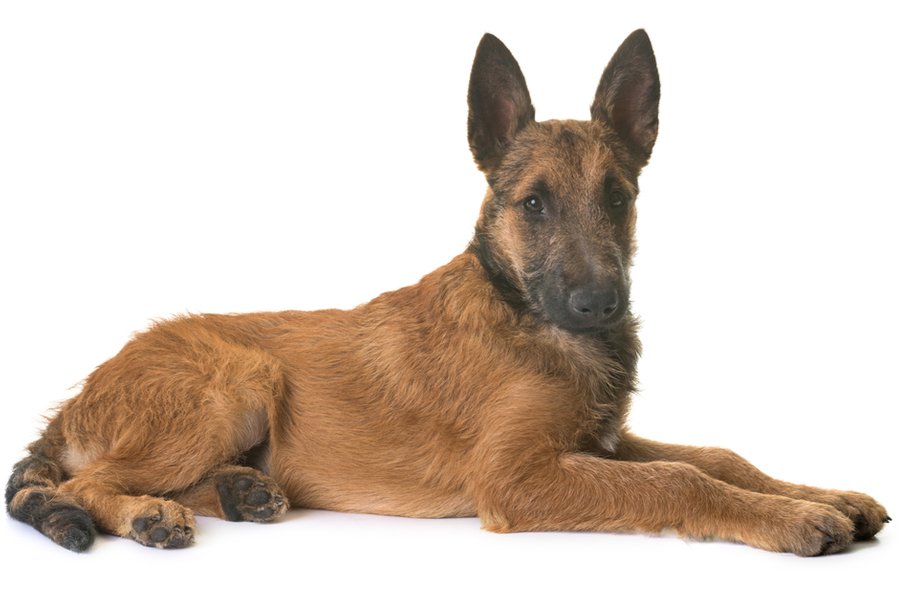
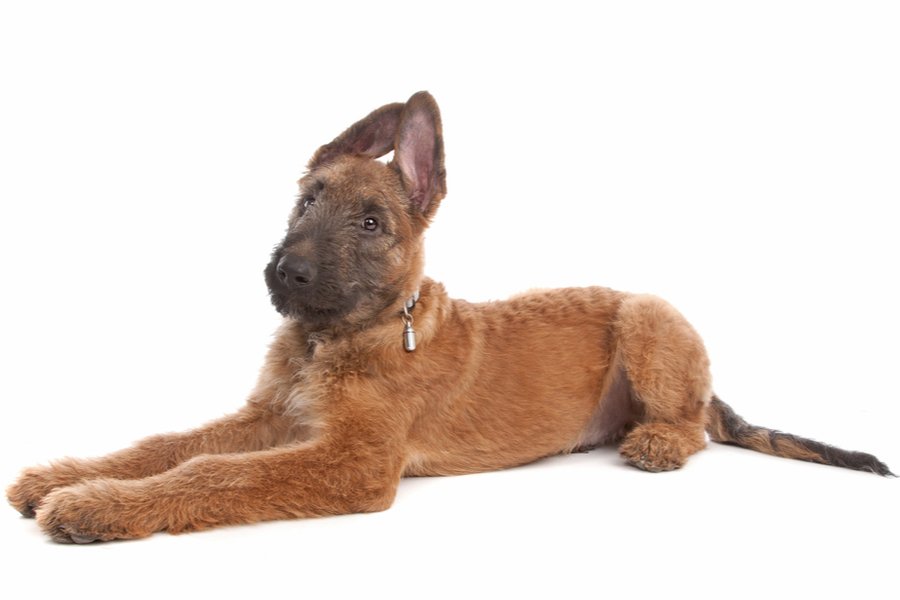
Belgian Shepherd Laekenois have an average life expectancy of 10-12 years, providing they are given a high-quality diet and regular exercise opportunities. These dogs are still relatively rare outside of their native Belgium, so it's essential that you only purchase a Laekenois puppy from a reputable breeder to ensure they have been well cared for and the appropriate DNA checks have been done to identify any underlying health conditions.
Some of the health issues seen in Belgian Shepherd Laekenois include:
The Belgian Shepherd Laekenois is known for being deeply devoted to their owners and families. These active dogs show a lot of affection to every family member, including children. Because of this trait, there is nothing they love more than being involved in the things that happen within the family. This includes playing interactive games with the kids. However, just like other dog breeds of similar size and energy level, it is highly recommended to oversee playtime and other interaction between a Belgian Shepherd Laekenois and a child to avoid any mishaps.
These dogs can get along well with other pets in the home as long as they have grown up together. However, care needs to be taken around unfamiliar dogs because Laekenois are known to be very protective and wary of strangers.
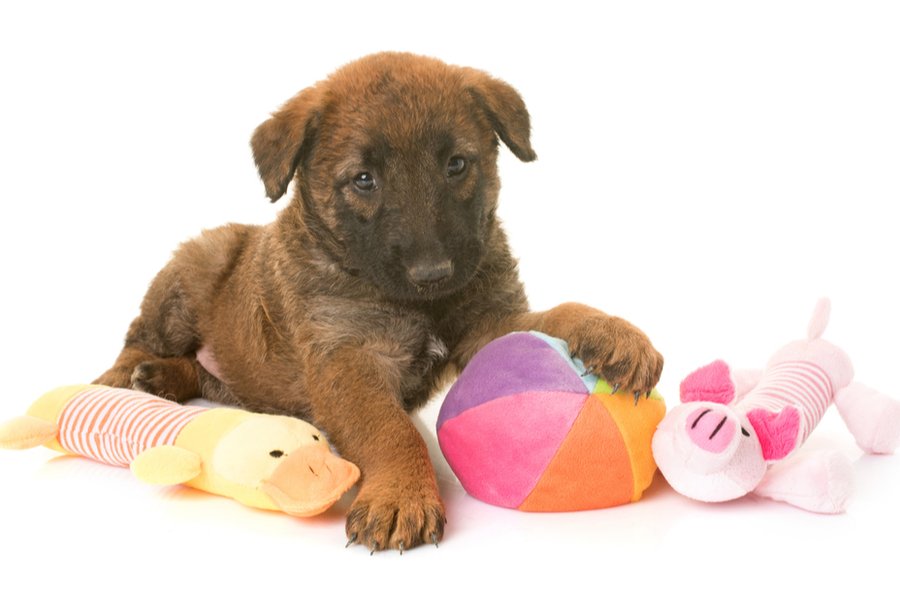

We can connect you with Breeders that are specialized in this particular breed.
See available puppies

Need some advice?
Whether you're a first time pet owner, an experienced pet owner, a new or long-time breeder, or just curious about pets, we've got you covered!

January 17, 2024
What Is The Personality Of Russian Blue Cats?
Russian Blue cats are most known for their distinctive shimmery blue-silver coat and piercing green eyes. However, this breed’s calm and gentle temperament is what makes them shine the most in the feline world.

January 17, 2024
10 Facts About Russian Blue Cat Breed
Russian Blues are one of the most aesthetically stunning cat breeds, with a gorgeous plush silvery coat and vibrant green eyes. However, it’s not only their appearance that is beautiful; their nature is too.

January 17, 2024
How To Choose The Right Cat Breed for You
Cats can make the most fantastic animal companions; they are adorable, friendly, and loving. However, not all felines are created equal. There are many different breeds, of which each has its unique personality traits.
Need some help?
Contact us to speak to our friendly advisor, who will gladly help you find your dream pet!



We are registered in England and Wales under registration number 12568840,
and our registered office is at 58-60 Kensington Church Street, W8 4DB London, England.
© 2023 The Pedigree Paws